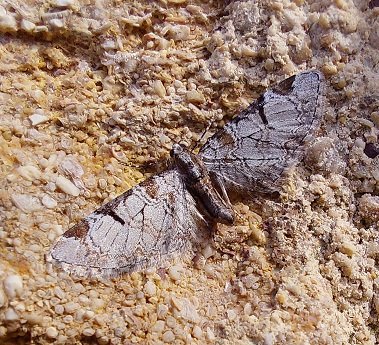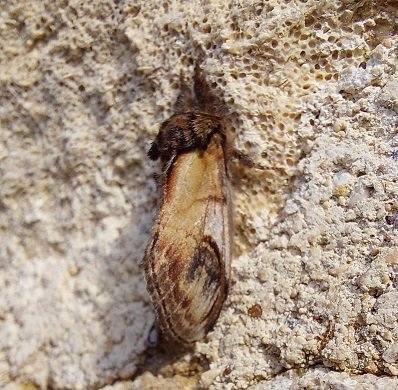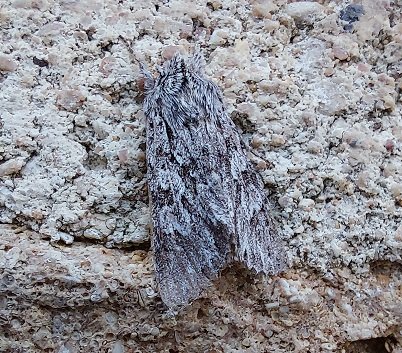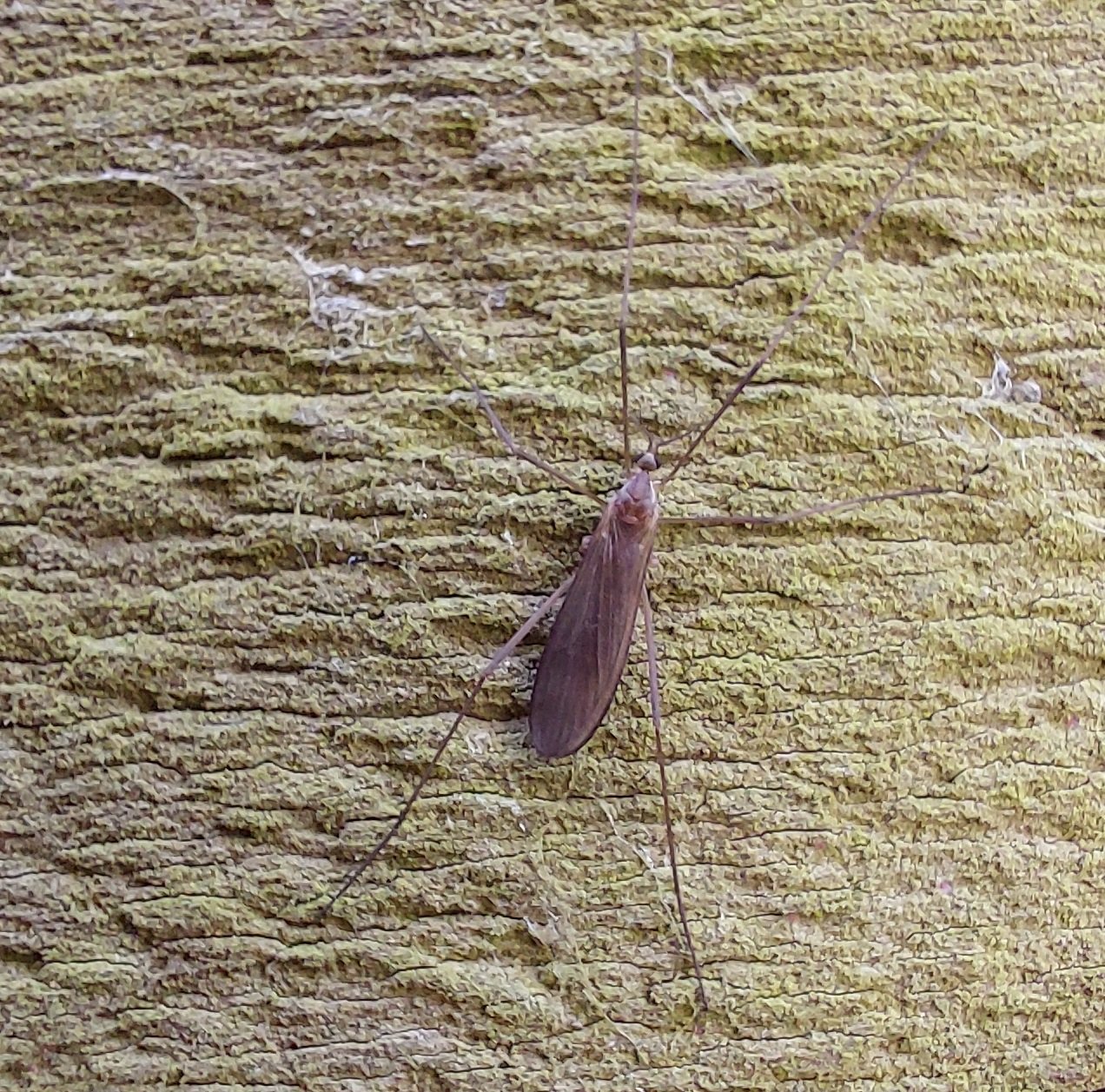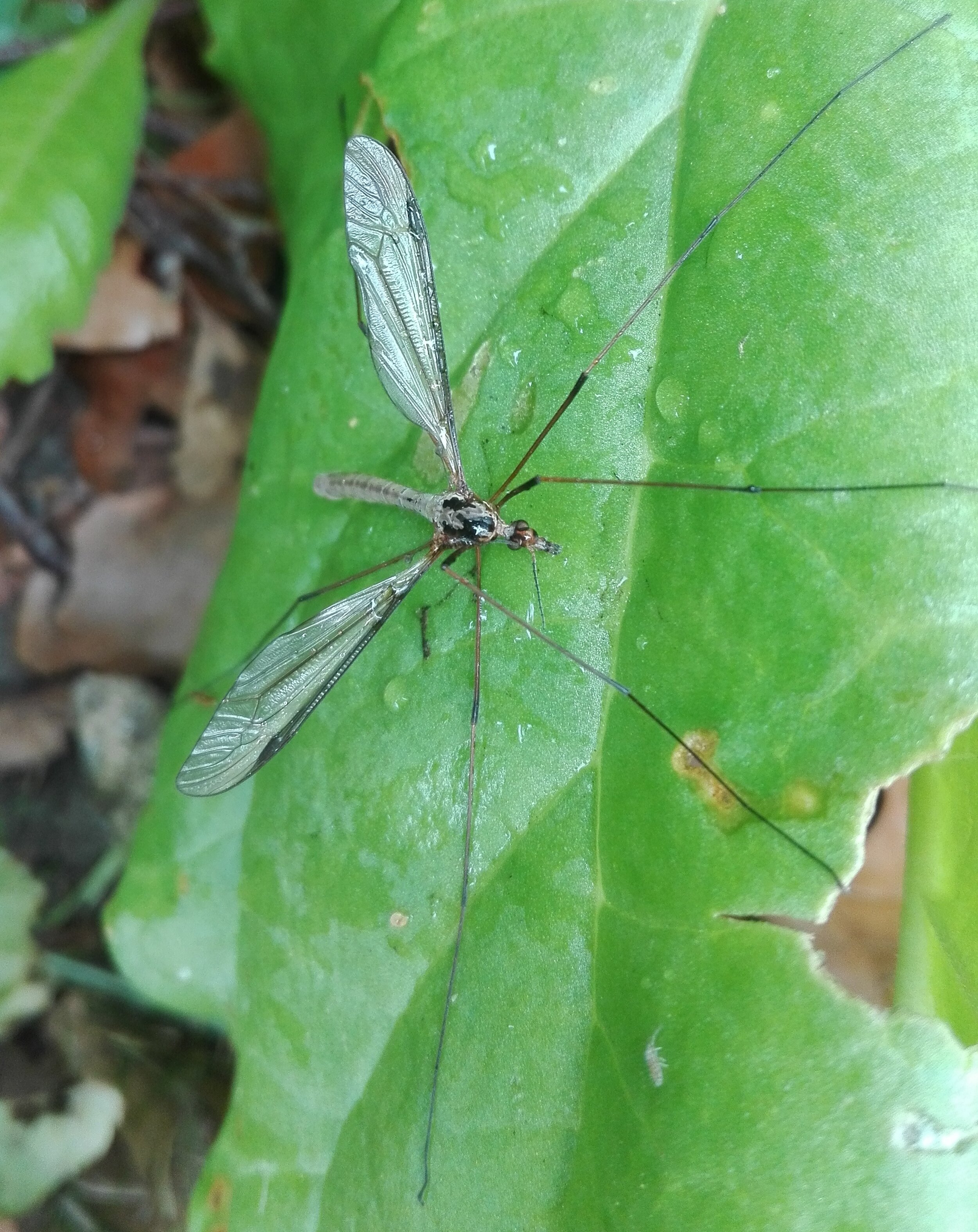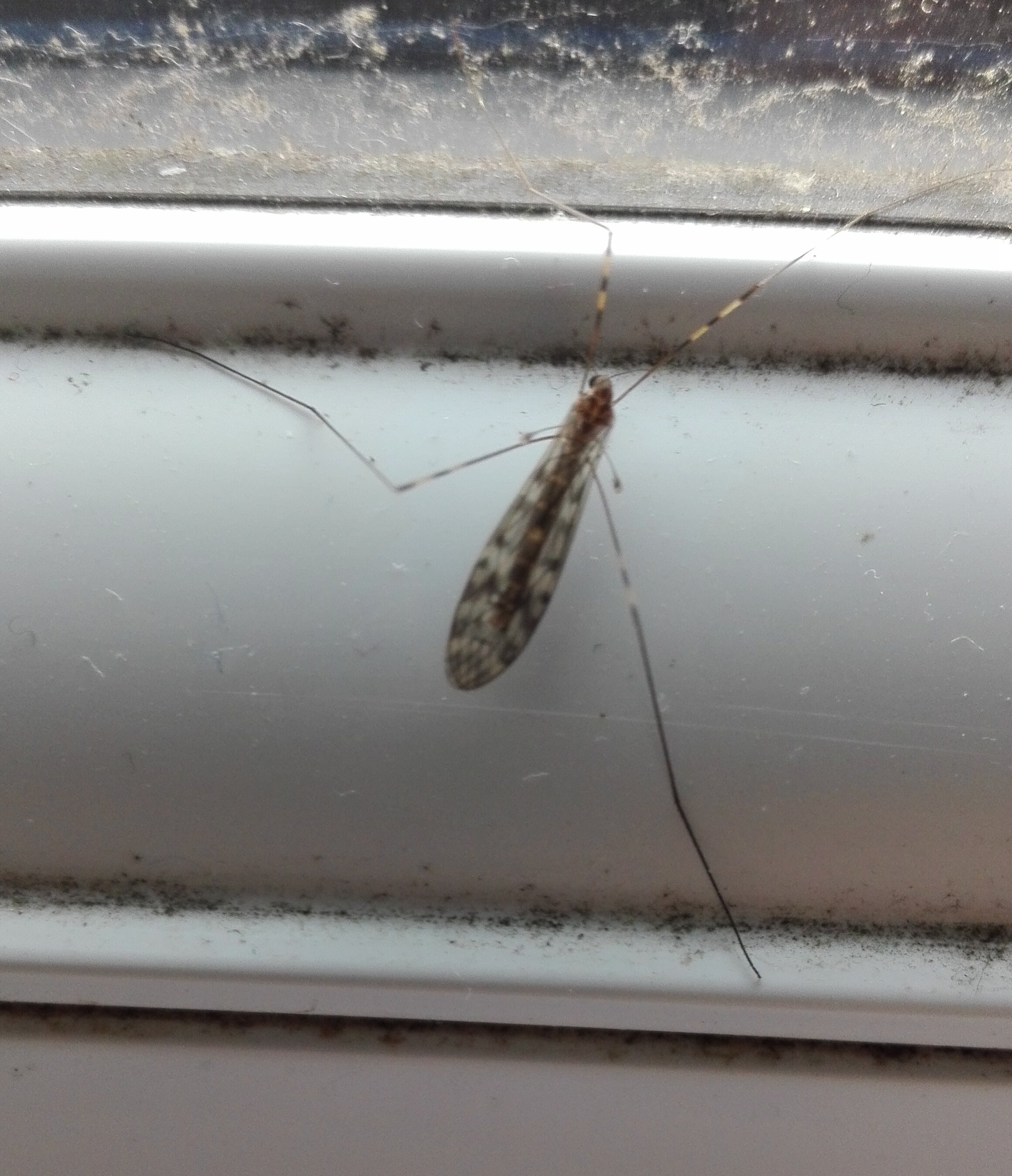Pinion-spotted Pug (Eupithecia insigniata)
/Finally, the first outing this your for my moth trap. The star of the show was a Pinion-spotted Pug (Eupithecia insigniata, #982), top left. This is not a common moth, usually only a few caught per year in Glos, so the most unusual moth I’ve caught in a while and a great start for the year. Otherwise there were not many moths flying, but a Pebble Prominent (Notodonta ziczac) is always welcome. The small grey cranefly, maybe a Monophilus species, was likely a new species, but not sure if I’ll ever confirm any ID for it.

